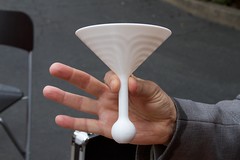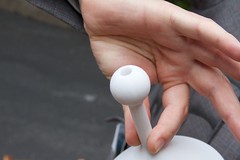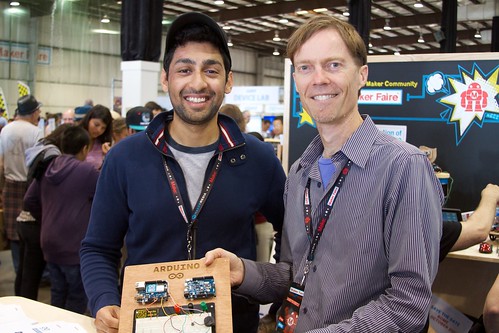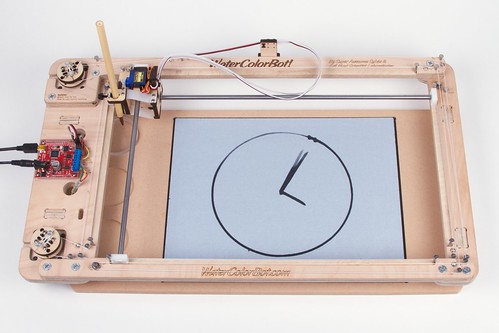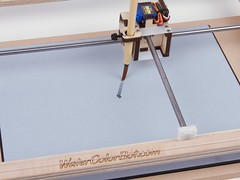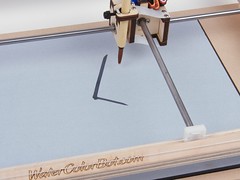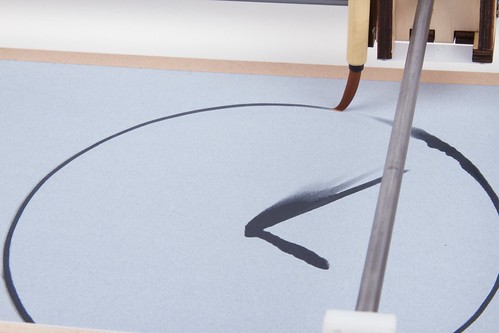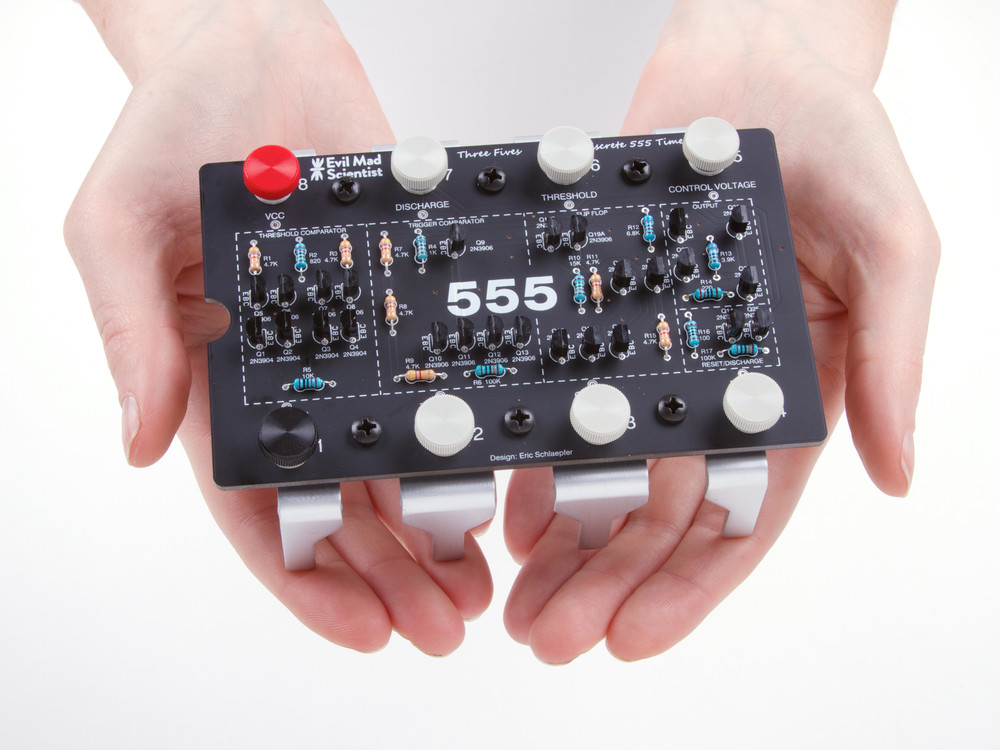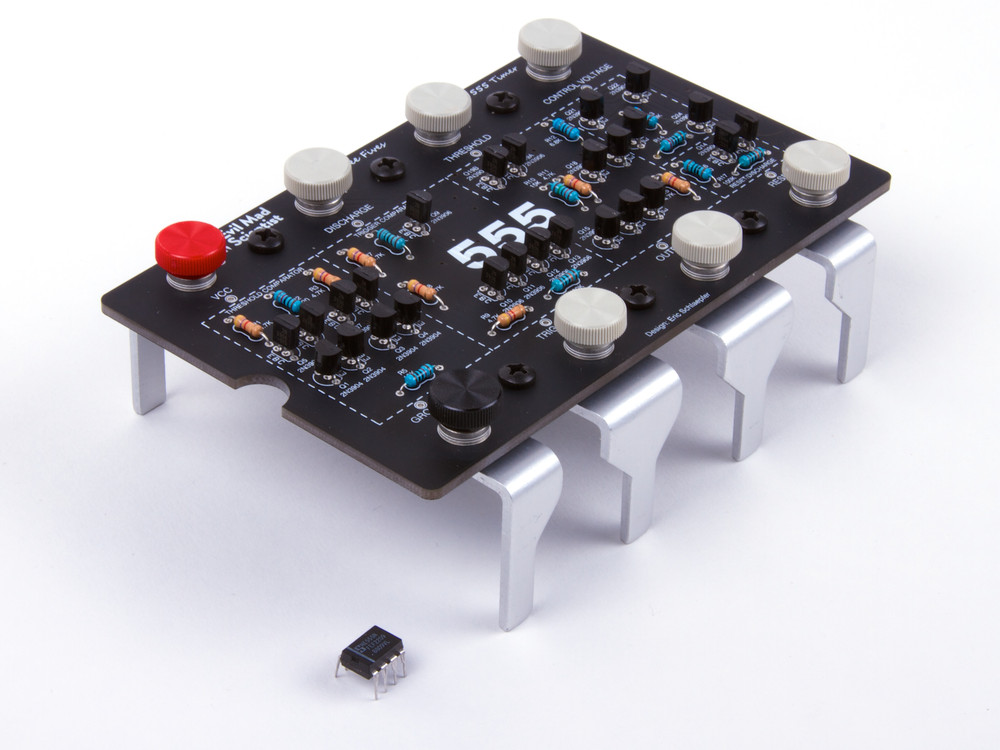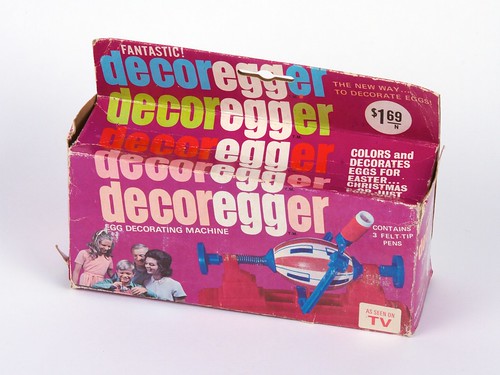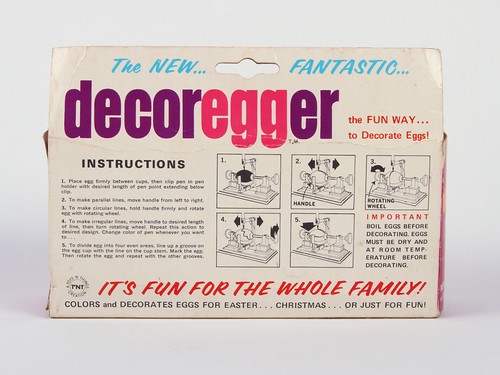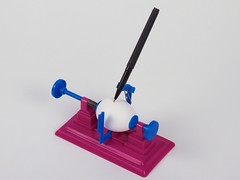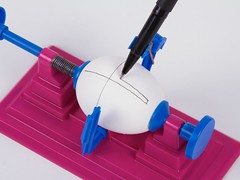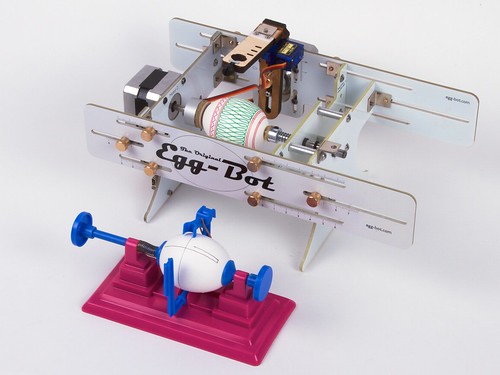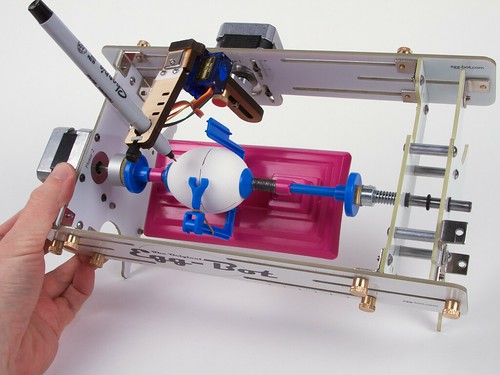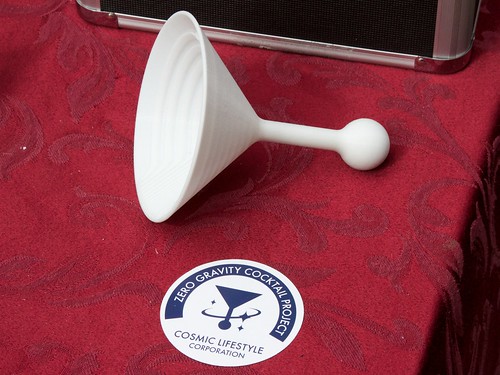
Part of our continuing coverage of highlights from the 2014 Bay Area Maker Faire.
The Zero Gravity Cocktail Project from the Cosmic Lifestyle Corporation aims to make a cocktail glass suitable for drinking fluids in zero-G:
The Zero Gravity Cocktail Project is an attempt to bridge the gap between the space tourism vision and mainstream reality. By creating a fun object that appeals to many people, we hope to show that space tourism is not an abstract concept but a stepping stone for improving the way people live, work, and play beyond planet Earth.
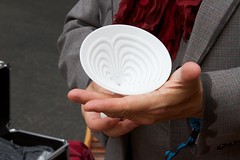
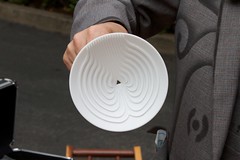
Fluids don’t behave the same in outer space, so a glass would have to have quite a different design, relying on capillary action not gravity to move them from point A to B. Channels guide the fluid from stem to rim.
These are 3D printed prototypes of white plastic. Future versions might be 3D printed from clear biocompatible plastic, or made of glass or stainless steel.
The glass has bulbous bottom with a hollow stem, for balance and fluid delivery. A rubber one-way valve can be inserted into the bottom to allow the glass to be refilled as you drink. They have also made an earthbound variant of this glass that has a more traditional base, allowing it to be set down, when gravity permits.
We’re secretly hoping that the next version includes a way to suspend your olive in the middle of the conical section, no toothpick required.




